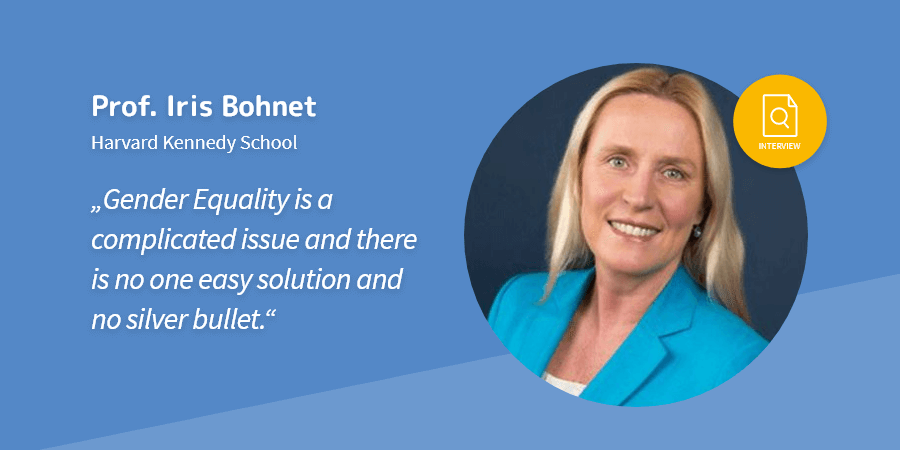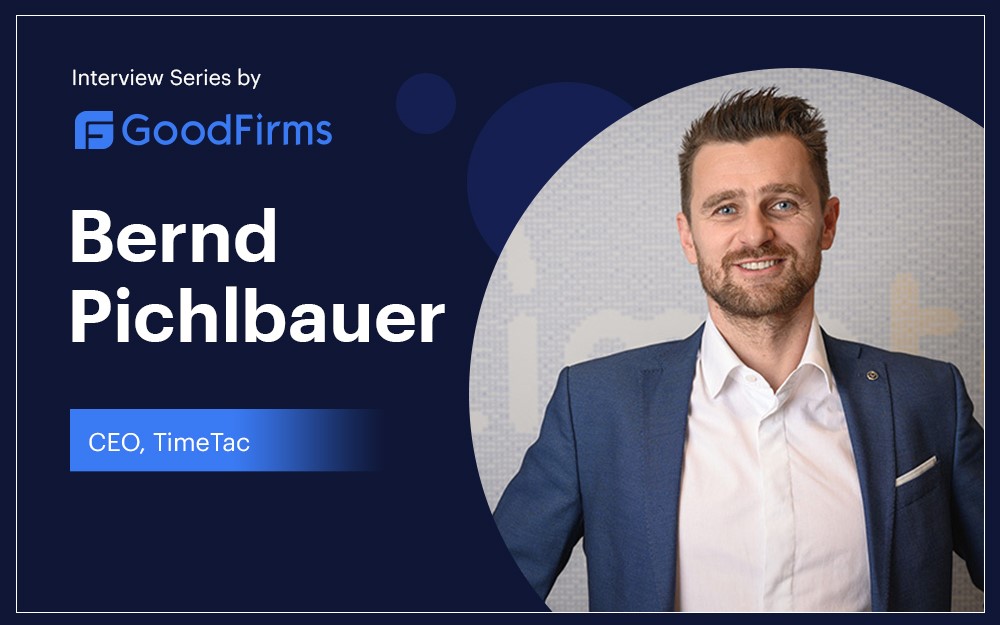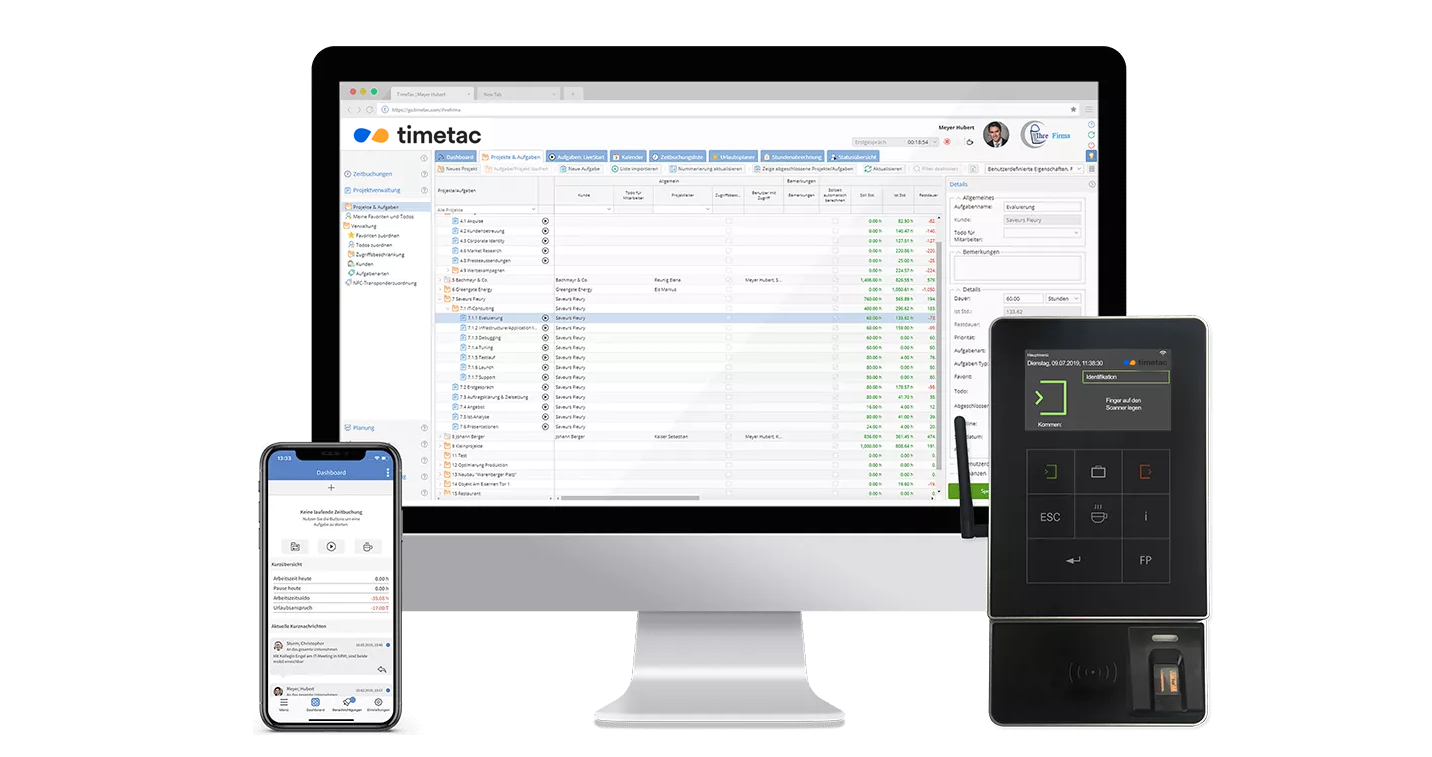Gender Equality: Equality By Design – Expert Interview
by Magdalena Fladl, 09.02.2018
Gender equality is a moral and a business imperative as well. Unconscious bias often holds us back but behavioral design offers a new solution. Recent research by Iris Bohnet examines behavioral design to de-bias how we live, learn and work. In her award-winning book “What Works - Gender Equality by Design” she hands us all the tools we need to make changes that have a huge impact on benefiting businesses, governments and millions of lives.

Iris Bohnet is a behavioral economist at Harvard Kennedy School, combining insights from economics and psychology in order to improve decision-making in organizations and society – with a gender or cross-cultural perspective.
Gender Equality: Interview with Iris Bohnet
Why don’t we live in a world with gender equality and equal rights yet?
That’s a big question! Over the course of time, gender inequality has in many ways been built into the fundamental structures of society and organizations. Women have only had the right to vote for around 100 years in countries like the United States, and as recently as 1974, women couldn’t get credit cards in their own name in the United States. Many of these types of structural sources of inequality have since been eradicated through new laws and better business practices. But we are only now starting to tackle the social and cultural sources of inequality, including bias and stereotypes. It is a complicated issue and there is no one easy solution and no silver bullet.

How is our thinking influenced by unconscious bias, errors in reasoning and short circuits?
Our brains are bombarded by a tremendous amount of information constantly; far too much information to process it all consciously. Therefore, the vast majority of the information we take in is processed unconsciously. Not all intuitive and unconscious judgments are inaccurate – in fact, many of them save our lives on a daily basis (e.g. when crossing a busy street and jumping out of the way of a fast-approaching car).
But our unconscious mind is particularly susceptible to pattern-based thinking where our brain recognizes a pattern and uses that pattern as a shortcut to arrive at a decision quickly. Our brains use such shortcuts – which are often based on our previous experiences, preferences, and assumptions, but also things like TV shows, news reports and cultural stereotypes – to avoid being overwhelmed and to make decisions in a reasonable amount of time. These shortcuts are unconscious bias and we are all influenced by them every day.
Why do we have unconscious bias?
This is not a settled question as we do not have complete insight into how our brains operate. Some of it almost certainly is absorbed from the environment starting at a very early age (several studies suggest that children internalize cultural stereotypes about gender as early as around age 5).
How can new behavior patterns revolutionize equality?
By designing our environments, workplaces and schools more thoughtfully, we can essentially make it easier for our biased minds to get things right. We often want to do the right thing – eat better, exercise more, save more money for retirement, hire more women into our organizations – but find it difficult to follow through. By making it easier for ourselves to follow through on our virtuous intentions, we can create new behavior patterns that produce better results in the form of more equal workplaces, better schools, and a healthier society.

How can you get rid of bias?
What we have learned about bias suggests that de-biasing individual minds is extremely difficult. Many traditional diversity training programs, for example, focus on raising awareness of the fact that we are all biased; however, just knowing that you have bias isn’t enough to overcome its effects and to change behavior. For this reason, I strongly believe in de-biasing organizations instead of individuals. By designing policies, systems and environments that allow our inherently biased minds to make better decisions, we can de-bias workplaces, schools and societies at shockingly low cost and surprisingly high speed.
How can you support and push equality forward?
By all of us working together to identify causes of gender inequality and tackle them one by one. In my book What Works – Gender Equality by Design (and below), I provide numerous suggestions to do this.
Why is diversity no economic disadvantage for a company, but in contrast a huge advantage?
We have a lot of evidence to suggest that diverse teams perform better than homogeneous teams. In a study by Anita Williams Woolley (Carnegie Mellon) and collaborators, 700 people were assigned to groups of 2-5 and evaluated on their performance on various tasks (puzzles, moral judgments, negotiations, checkers game against computer etc). The researchers found that individual team members’ average intelligence was a bad predictor of the team’s collective intelligence, which in turn was the key determinant of the team’s success.
However, the higher a team scored on social sensitivity (speaking opportunities were distributed equally, there were more women in the group), the higher the collective intelligence and hence the team’s overall performance. Women scored higher on social sensitivity than men and thus provided the glue that allowed the whole to exceed the sum of its parts. So diversity is indeed a strength for teams and organizations.
How can firms and institutions establish equal opportunities?
Let me offer a few specific suggestions for creating more inclusive and equal workplaces:
- Create diverse, balanced teams. Diverse teams have higher collective intelligence and therefore perform better on a wide variety of tasks. But numbers do matter: a “diverse” team ideally does not have any “onlys”, such as one Asian man on a team of 7 white women. In creating teams, try to balance out gender, ethnic, geographical etc. representation.
- Harness the power of symbols to celebrate and promote inclusion. An extensive body of research shows that role models help change behavior, and symbolic role models can make people feel included or excluded. Examine the pictures on your walls, the articles and photos on your website and externally-facing brochures, the names of conference rooms, the people featured in the annual holiday video etc. and make sure that they represent the kind of workplace you want to promote.
- Be a role model – seeing is believing. Living and breathing examples matter more than value statements, policies and codes of conduct. Model the culture and behaviors you want to promote by, for example, taking vacation, calling out rude or inappropriate behavior, interrupting interrupters, giving credit accurately, and speaking about your personal life when appropriate.
- Frame the discussion to create “herds”. Descriptive norms that describe how things are today can very easily turn into prescriptive norms that people take to describe how thing should be. Focus your communications on the behaviors and actions that you are encouraging, and build momentum behind those positive behaviors (e.g. “75% of our employees recycle on a daily basis” instead of “25% of our employees do not recycle”).

How can interviews, job advertisements and work conditions address both, men and women? Do you have any concrete suggestions/tips?
There are several specific interventions I would recommend and they are covered in the book “What Works – Gender Equality By Design”. Here is a sampling of other specific actions focused on recruitment and job advertisements:
- Eliminate gendered language from job advertisements. Gendered language (words like “leader” and “individualistic”, which we generally associate with men, and “warm” and “collaborative”, which we generally associate with women) has been shown to attract talent disproportionately: men are more likely to apply to job ads with male-typed language and vice versa. Consider either removing explicitly gendered words from job ads, or balancing female and male-typed words in order to attract the widest possible pool of talent to apply.
- Remove demographic information from job applications. Our gender and race/ethnicity biases are triggered instantly and unconsciously when we see a candidate’s name. One of the simplest ways to de-bias the hiring process is to evaluate resumes blindly, i.e. to remove candidates’ demographic information (at least names and addresses, possibly also names of educational institutions, past employers etc.) from resumes.
- Use predictive tests or work sample tests whenever possible. Work sample tests that mimic the work candidates will do on the job (e.g. role play scenarios, online writing/coding tests) are one of the most predictive instruments in hiring. Aim to incorporate a work sample test component into the hiring process for as many roles as possible. This can be in addition to existing evaluation methods: for example, a resume review might form 25% of the total evaluation of a candidate, an interview another 25%, and a work sample test the remaining 50%.
- Choose your evaluation criteria in advance. Before viewing a single resume or interviewing a single candidate, decide on the key criteria against which you will evaluate all applicants. Studies have shown that if criteria are not specified in advance, people will tend to hire applicants who are like them regardless of qualifications (homophily or in-group bias is the cognitive bias that makes us naturally drawn to people who are like us).
- Use structured interviews when interviewing. Unstructured interviews are a breeding ground for bias because they don’t allow for direct comparisons across candidates but instead give interviewers the freedom to base their questions and evaluations on personal opinions and experiences (making them susceptible to such biases as homophily as explained above; the halo effect, in which an initial positive impression colors how we perceive a person overall; confirmation bias, which leads us to favor evidence that confirms our existing beliefs and ignore evidence that challenges them; and the peak-end rule, where we make judgments based on the most intense and memorable experiences rather than the average or overall experience). Structured interviews minimize these problems because they focus on job qualifications, enable direct comparisons across candidates, and thereby lessen the impact of unconscious biases.
Thank you for the Interview on Gender Equality, Iris Bohnet!
Gender equality is a moral and business imperative but diversity training programs have had limited success. We all have unconscious biases which are social stereotypes about particular groups of people. As an individual we from those stereotypes outside of our own conscious awareness.
Everyone holds unconscious beliefs about certain groups of people and we try to categorize them by their gender, country of origin or beliefs. What Works – Gender Equality by Design offers us a new insight into the human mind and it shows that with the littlest effort at a low cost but high speed we can make a difference, stop having biases and change it for the better.
About Iris Bohnet
Professor Iris Bohnet served as the academic dean of the Kennedy School and is also the director of the research center “Women and Public Policy Program”. She is the author of the award-winning book What Works – Gender Equality By Design. Recent research examines behavioral design to de-bias how we live, learn and work.
About TimeTac – Easy Online Time Tracking
TimeTac supports you with web-based and mobile time recording systems.
- Accurate employee time tracking, detailed reports of working hours – live and automatic
- Project time tracking – convenient recording of projects hours
- Leave management and staff leave planner solution
Find out more about TimeTac’s online time tracking software solution and how it can benefit your business in many ways.


